Optimal Timing for Yard Drainage Service
Proper timing for yard drainage service ensures optimal results and long-lasting performance. Seasonal considerations, weather patterns, and soil conditions influence the effectiveness of drainage solutions. Addressing drainage issues during dry periods can prevent further complications and reduce the risk of erosion or water pooling.
Spring is ideal for yard drainage service as the soil is moist but not saturated, allowing for effective installation and adjustments.
Summer offers dry conditions that facilitate work, but high temperatures may require scheduling during cooler parts of the day.
Fall provides cooler weather and less rainfall, making it suitable for completing drainage projects before winter.
Winter is generally less suitable due to frozen ground and increased precipitation, which can hinder installation and effectiveness.
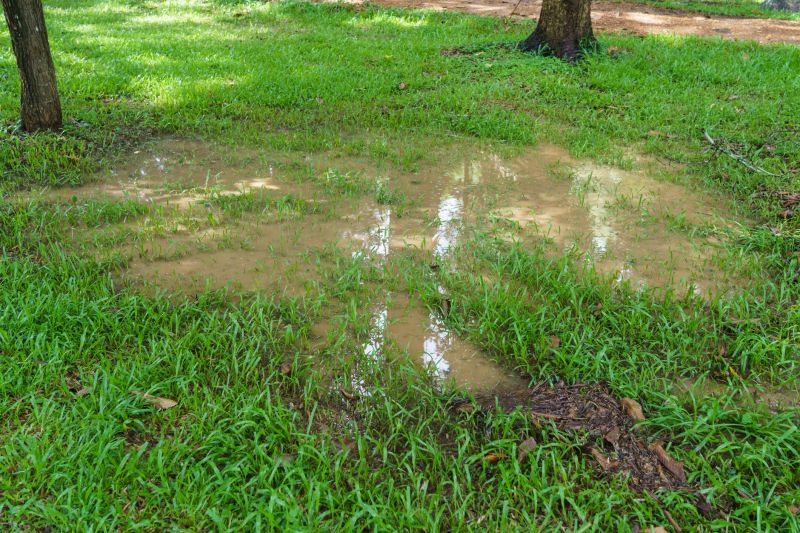
Professional installation helps prevent water pooling and soil erosion.
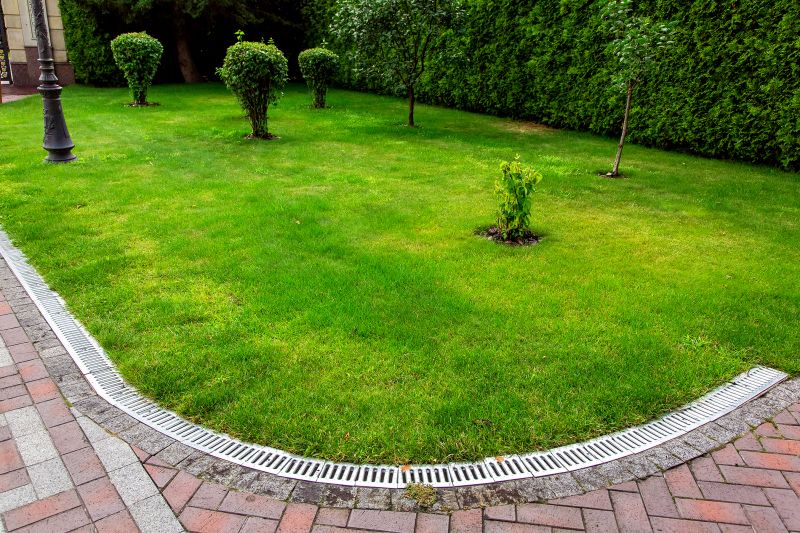
Proper grading directs water away from structures and landscaped areas.
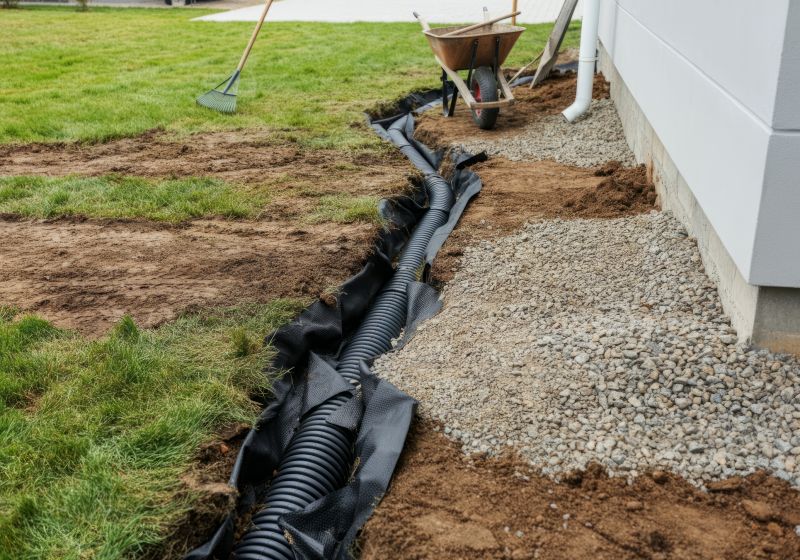
Effective for redirecting excess water and preventing basement flooding.
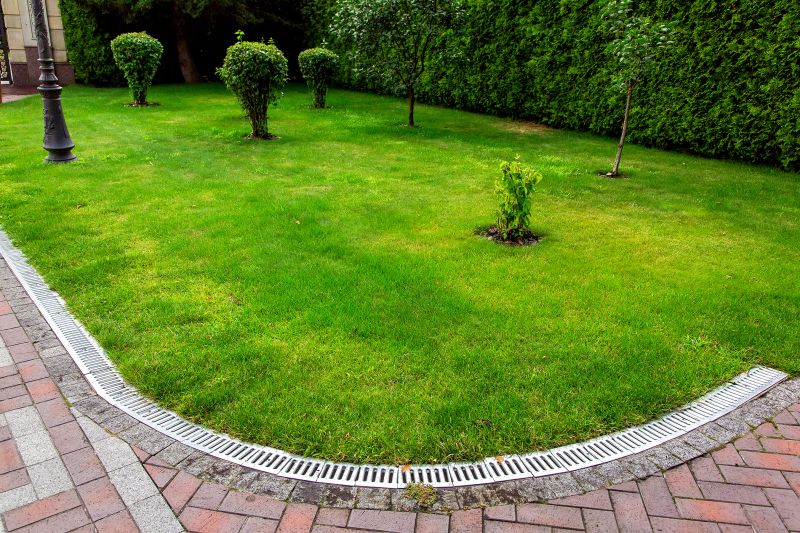
Ways to make Yard Drainage Service work in tight or awkward layouts.

Popular materials for Yard Drainage Service and why they hold up over time.
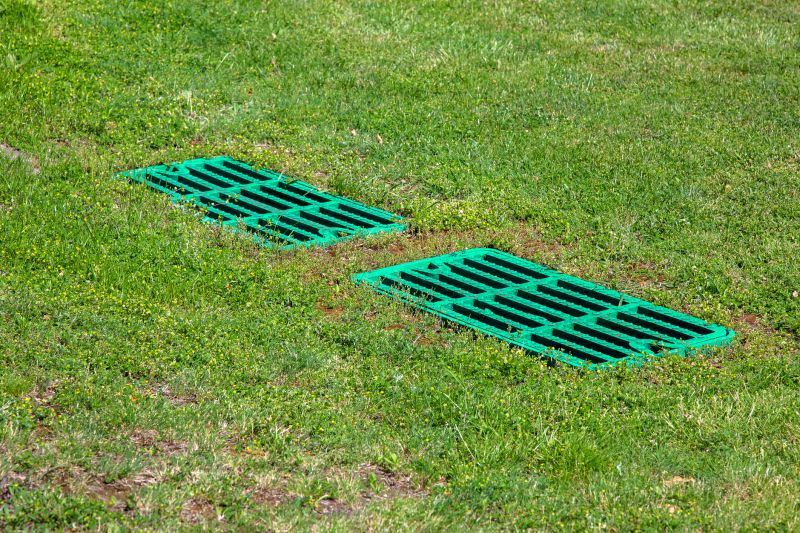
Simple add-ons that improve Yard Drainage Service without blowing the budget.
| Season | Suitable for Yard Drainage Service |
|---|---|
| Spring | Yes |
| Summer | Yes, with precautions |
| Fall | Yes |
| Winter | No |
Yard drainage service involves a range of techniques to manage excess water and prevent damage to property. Proper drainage reduces soil erosion, protects foundations, and maintains landscape integrity. Effective drainage solutions can include grading, installation of drains, and soil amendments to improve water absorption. Statistics indicate that poorly managed drainage can lead to significant property damage, with water-related issues accounting for a large percentage of home repairs annually. Timely service ensures that drainage systems function efficiently, minimizing risks and maintaining yard stability.

Assessing existing systems to identify issues.
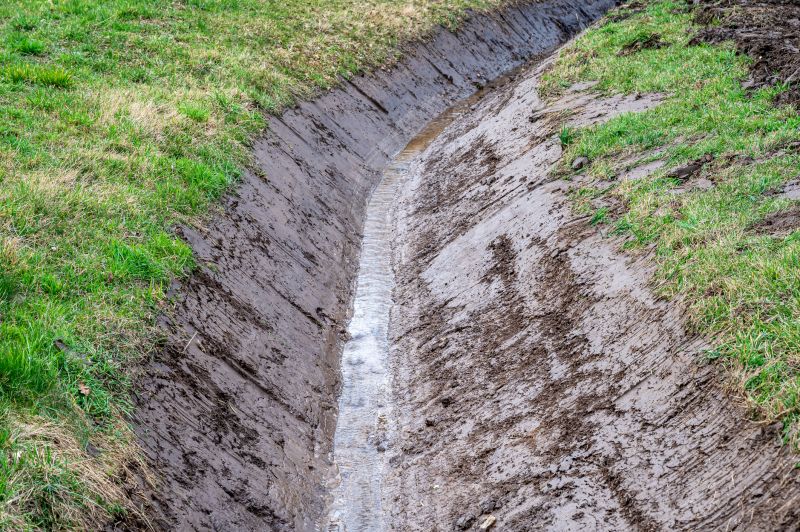
Ensuring proper slope and soil conditions for drainage.
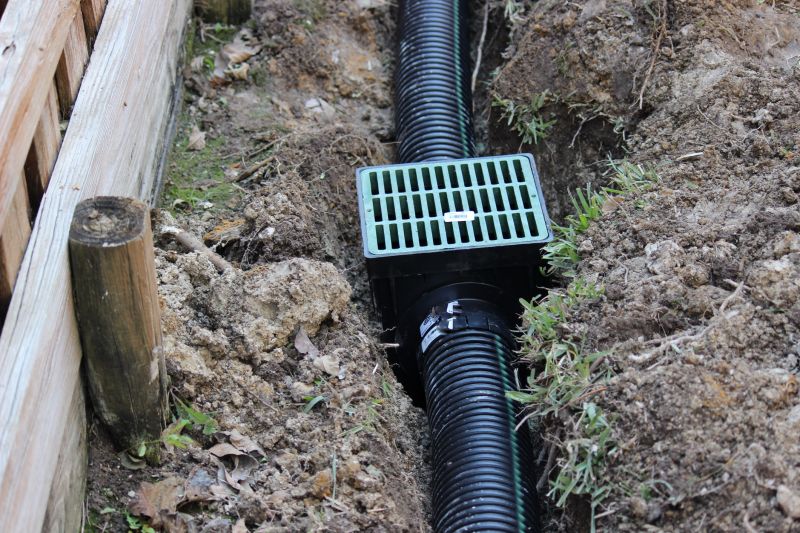
Setting up effective water diversion solutions.
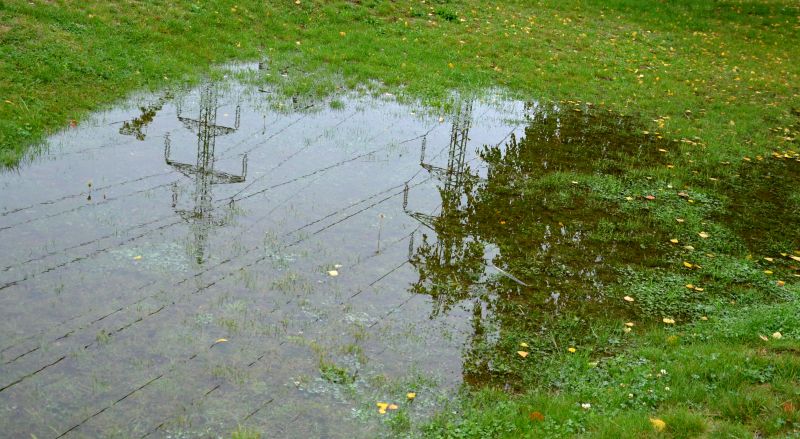
Adjusting terrain to improve water runoff.
Interested in yard drainage service? Filling out the contact form can provide more information and help schedule an assessment. Proper timing and professional intervention can significantly improve yard health and prevent water-related issues.



